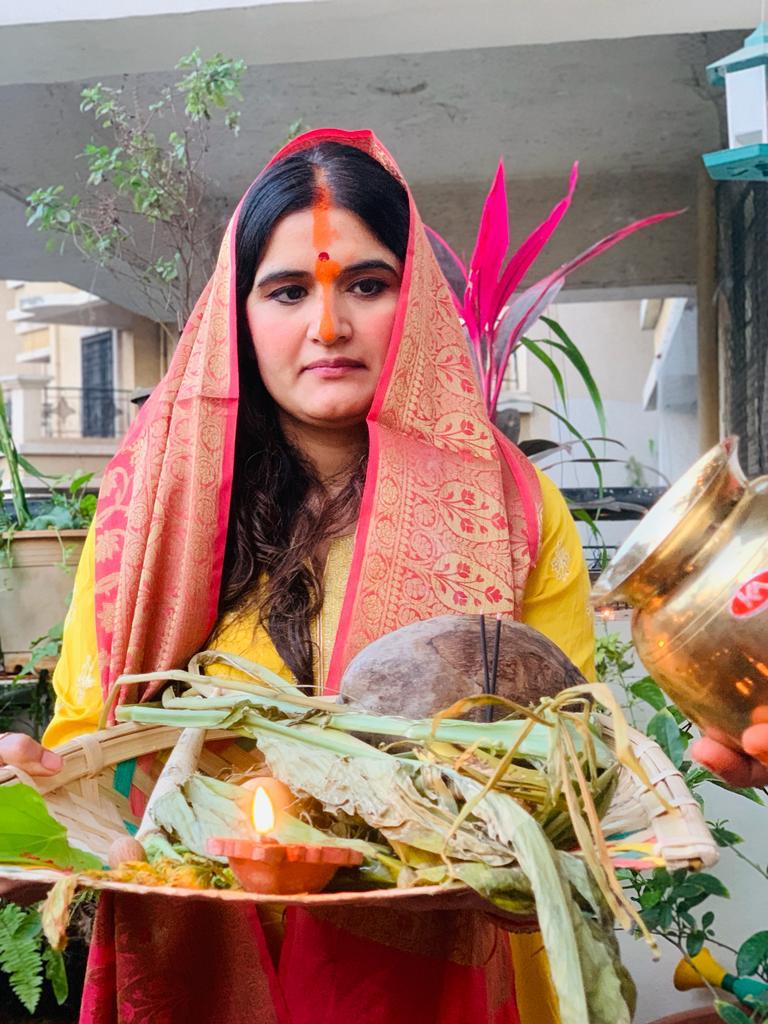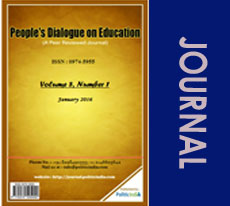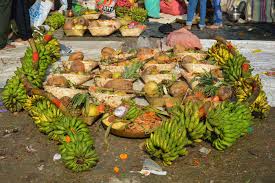High Prices of Medicines in India: Can Government do anything about it ?
- Post By PoliticIndia.com on
- 2014-02-24 23:25:00
Ashutosh Kumar
India was amongst the highest medicine priced nations in the world before 1972, due to the practice of product patent system. Observing the need of medicines, Justice N. Rajagopala Ayyangar committee recommended change in this patent law. Thus, India's patent act 1970 brought into force on 20th April 1972 with publication of the Patent Rules, 1972. This Act was designed to offer process patents on pharmaceuticals. Indian pharmaceuticals industry grew rapidly after 1972 in a protective regime marked by process patenting (rather than product patenting) and a strict price regulation on a large number of drugs. Once India signed into the Uruguay Round world trade agreement, which included an agreement on Intellectual Property Rights (IPR), India's Patent Act, 1970 had to be amended thrice in 1999, 2002 and 2005, to bring it in line with the agreement on Trade-Related Intellectual Property Rights (TRIPS). Till 2005, India recognized only process patents under the Indian Patent Act of 1970 whereby domestic firms could manufacture medicines using non-infringing processes.
In order to compliance with the WTO TRIPS Agreement, from January 2005, product patent protection reintroduced in India and price of patented drug again started rising. The TRIPS agreement has disadvantage for less-industrialised developing countries like India, which has registered few patents. The principal economic rationale for granting patents is that to stimulate investment for research for innovation. But, patent rights which exclude others from producing and marketing the product, lead to inhibition of competition leading to high prices of medicines. As a consequence, there is a belief that there exists a dichotomy between Intellectual Property Rights Law and Competition Law. It is said that the former endangers competition whereas the latter engenders competition. The net benefits of the patent system to society have remained controversial over the years.
However, the TRIPs agreement did provide a few windows of opportunity for governments to intervene to rein in prices in support of needy patients in their countries. Two important flexibilities which TRIPS permits to tackle the negative consequences of product patent protection are: - (1) Exemptions from grant of patents in certain cases and (2) Compulsory licensing. First point empowers the country to use stringent standard in granting patent. Developed countries follow very liberal patent standards. But, Commission on Intellectual Property Rights (CIPR) has pointed out that there is no compulsion under TRIPS for the developing countries to follow the liberal patent standards of developed countries. The aim should be to ensure that patents are granted for true technical contributions and not for blocking innovate on and legitimate competition by generic producers. India has used this provision quite successfully. The Supreme Court of India has recently rejected the plea of Novartis for patent protection for its anti cancer drug sold in the name of Glivec. High price of patented drugs can be checked through proper use of compulsory licensing also. A compulsory license is a legal instrument designed to force intellectual property owners to license out their statutorily granted right to interested third parties capable of manufacturing the patented product at cheaper prices. In essence, under a compulsory license, an individual or company seeking to use another's intellectual property can do so without seeking the rights holder's consent, and pays the rights holder a set fee for the license. Thus, the compulsory licensing (CL) provision arms the government with the power to ensure that medicines are available to patients at affordable rates. The month of March 2012 saw a landmark decision by an Indian Court, wherein it granted compulsory license to an Indian pharmaceutical, NATCO, to manufacture generic version of the drug Nexavar thereby breaking Bayor's monopoly on this life saving drug for Hepatocarcinoma.
The Approach Paper of the Government of India to the Twelfth Five Year Plan indicated that health expenditure alone as a per cent of GDP was about 1.4 per cent (B.E.) in 2011-12. It also mentioned that if one included expenditure on rural water supply and sanitation, the figure would be about1.8 per cent. National Institute of Public Finance and Policy (NIPFP) estimates suggest that in 2009-10 and 2010-11, public expenditure on health in India was around 1.1 per cent of GDP. This estimate includes health expenditure by the Ministry of Health and Family Welfare, medical reimbursement by Central and State Governments, Other Central Ministries (including the Ministry of Railways and the Ministry of Defense) and States' expenditure on Health and Family Welfare. Expenditure by other Central Ministries like the Ministry of Railways and the Ministry of Defense are confined to certain sections of the population and if these expenditures are excluded, the estimate of health expenditure in the country is about 0.93 per cent of GDP. Since expenditure on health is incurred by various departments and ministries, it is very difficult to arrive at a consensus about exact expenditure on health in India. But it is sure that it is somewhere around 1.2 percent of GDP. Other countries in the region such as Sri Lanka, China and Thailand spend 1.8 percent, 2.3 percent and 3.3 percent of the GDP, respectively, in the health sector. In developed nations like the U.S. and European countries, the public health spend is between 6 to 8 percent of the GDP.
Thus we see that in one hand medicine prices are very high due to TRIPS agreements and on the other hand public spending on health is very less in India. The data shows that Government is reluctant in providing health facilities to its citizen. As per NSSO data, nearly 30 percent rural and 20 percent of urban households did not seek health care due to lack of financial resources. In a country where very few people have health insurance, 70% of Indians pay for healthcare expenses out of their own pockets and around 40 percent people lives below poverty line. It is necessary to make a pro-poor policy to ensure universal health care facility.
It is well established that good health increases the productivity of workforce and thus it is an important component for development of nation. According to Samuel Preston(1975) the upward shifts in the life expectancy were mainly due to 'exogenous' factors that strengthened the public health infrastructure( like, immunization, technological advances, specific disease control campaigns etc.) rather than the income growth per se. But at low levels of national income there is a steep relationship between income and life expectancy at birth. It is also proved that heath improvement result in increased learning and better educational performance this translate into greater productivity of workforce. According to Robert Barro's (1997) estimate, a 10 percent increase of life expectancy could raise economic growth by 0.4 percent yearly. Because disease weights so heavily on economic development, investing in health is an important component of an overall development strategy.
Two prominent programmes in this respect have been implemented:-the National Rural Health Mission (NRHM) of Ministry of Health and Family Welfare and Rashtriya Swasthya Bima Yojana(RSBY) of Ministry of Labour and Employment. Now NRHM is rechristened as National Health Mission and further being expanded in urban areas. In addition several state programmes are also being run by State Goverments to expand the access to health care facility for vulnerable population groups. National Pharmaceuticals Pricing Policy (NPPP) 2012 is also a small but significant step in this line. This was following the orders of the Supreme Court in public interest litigation (PIL) that the All-India Drug Action Network (AIDAN) and others filed in 2003 that the government bring all essential medicines under price control. Pharmaceutical pricing policy is the responsibility of the Department of Pharmaceuticals which is under the Ministry of Chemicals and Fertilisers. The department has established an independent body, the National Pharmaceutical Pricing Authority (NPPA) that monitors prices of medicines.
In summary, following three measures should be adopted in India to reduce the price of medicines and to expand the access to health facility:-
(1)Use important flexibilities which TRIPS permits to tackle the negative consequences of product patent protection namely:-
-
Provide exemptions from grant of patents in certain cases
-
Provide exceptions to product patent rights in certain cases
-
Provide compulsory licenses to non-patentees






